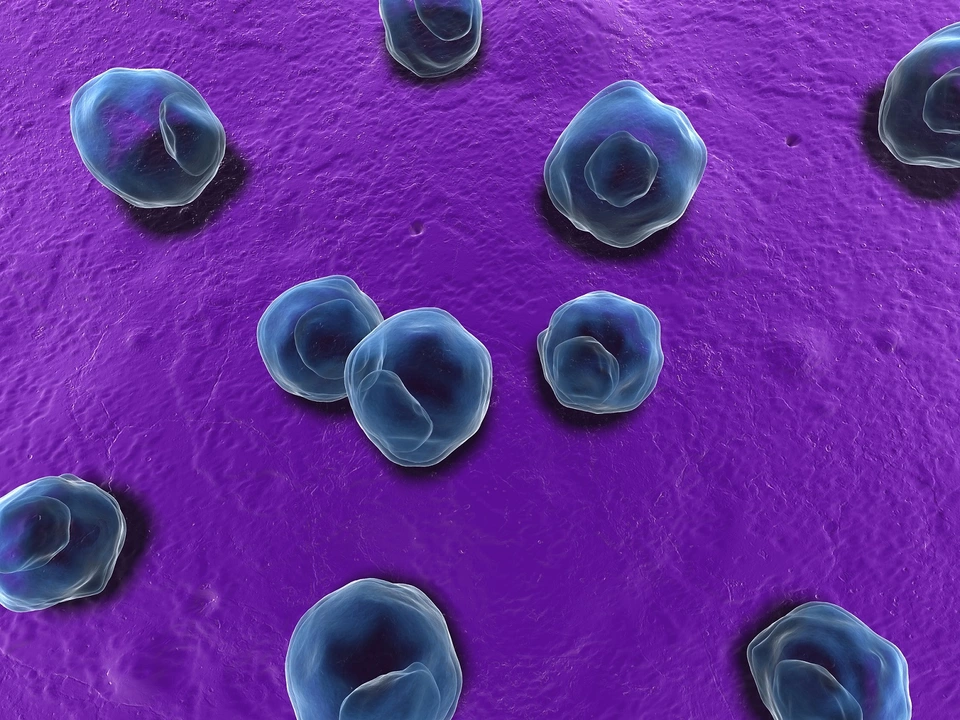Prostate Cancer — what to watch for and what to do next
About 1 in 8 men will get prostate cancer in their lifetime. That sounds scary, but many prostate cancers grow slowly and can be managed well when found early. This page gives clear, usable info: how you might notice a problem, what tests your doctor may use, treatment options, and simple actions you can take right now.
Signs to watch for
Early prostate cancer often has no symptoms. When it does cause problems, expect changes in urination — weak stream, getting up at night, trouble starting or stopping. Blood in urine or semen, new erectile difficulties, or persistent pain in the hips or lower back are reasons to see a doctor fast. Any new urinary or sexual changes after age 50 (or earlier if you have family history) deserve a check.
Screening and tests
Screening usually starts with two simple things: a PSA blood test and a digital rectal exam (DRE). PSA measures a protein linked to the prostate. High PSA doesn’t always mean cancer — infections, enlarged prostate, and some medicines can raise it too. If results worry the doctor, the next steps may include an MRI and a targeted biopsy. MRI-guided biopsies find cancers more accurately and reduce unnecessary sampling.
Ask your doctor what the results mean for you personally. Age, overall health, family history, and PSA trend over time matter more than a single number. If you’re unsure, getting a second opinion is reasonable.
Treatment options and what to expect
Treatment depends on cancer risk (low, intermediate, high) and your health goals. For low-risk cancers, many men choose active surveillance — regular PSA checks, repeat MRI, and occasional biopsy — to avoid side effects of treatment. Curative options include surgery (removing the prostate) and radiation. Both can cause urinary and sexual side effects; pelvic floor exercises and medications help many men recover function.
Advanced or aggressive cancers may need hormonal therapy to lower testosterone, chemotherapy, or newer targeted drugs and immunotherapy. These treatments can extend life and control symptoms. Your team will balance benefits against side effects and your personal priorities.
Practical tip: write down your treatment goals before appointments. Ask about likely side effects, recovery time, and how each option will affect daily life — work, intimacy, and exercise.
Small changes help too. Regular exercise, a balanced diet with less processed food, quitting smoking, and keeping a healthy weight improve recovery and overall outcomes. Pelvic floor exercises before and after treatment reduce urinary leakage for many men.
If you suspect a problem, don’t wait. Early discussion with your doctor gives you the most choices. If you need help understanding test results or treatments, ask for plain-language explanations or a specialist referral.

